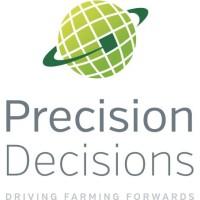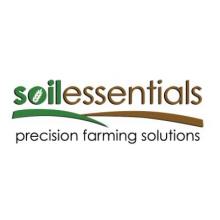See the National Centre for Precision Agriculture and International Society of Precision Agriculture
Major precision farming businesses in the UK include SOYL, Soil Essentials, Precision Decisions.
Share and connect useful organisations, inititiatives and resources related to precision farming via this page.












